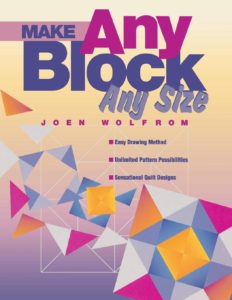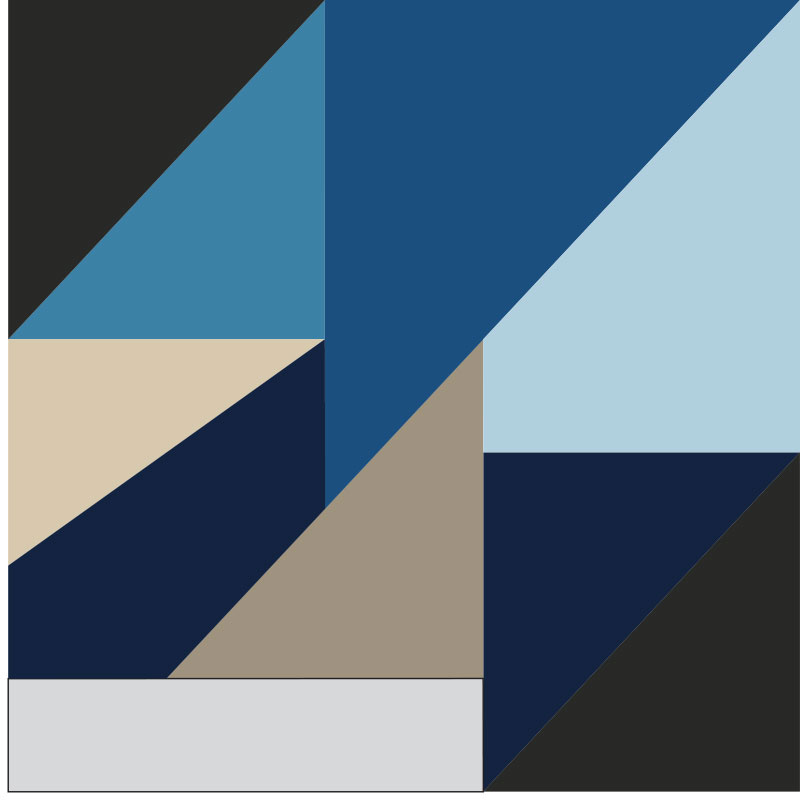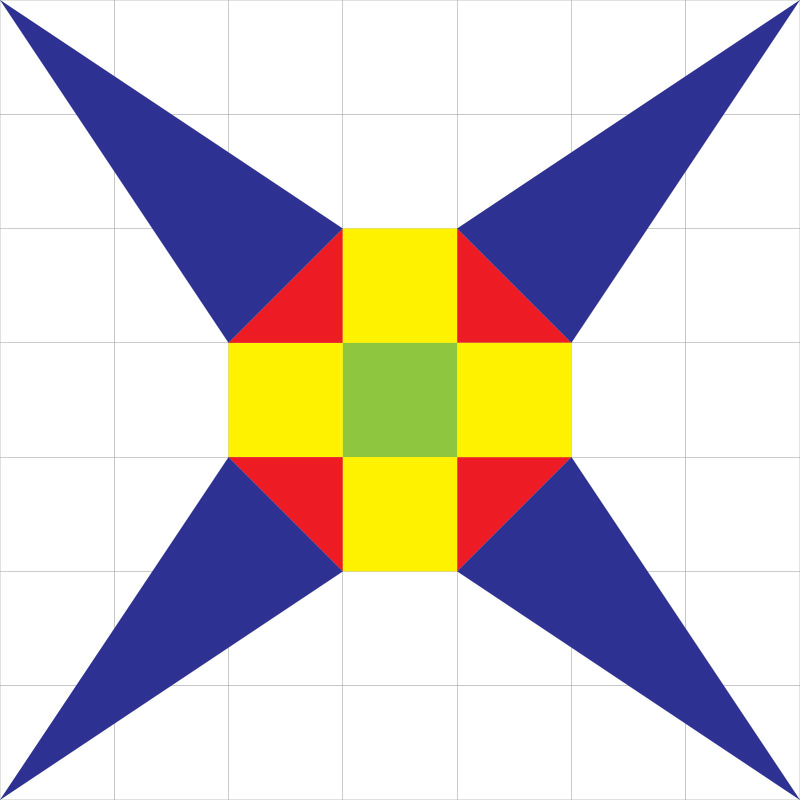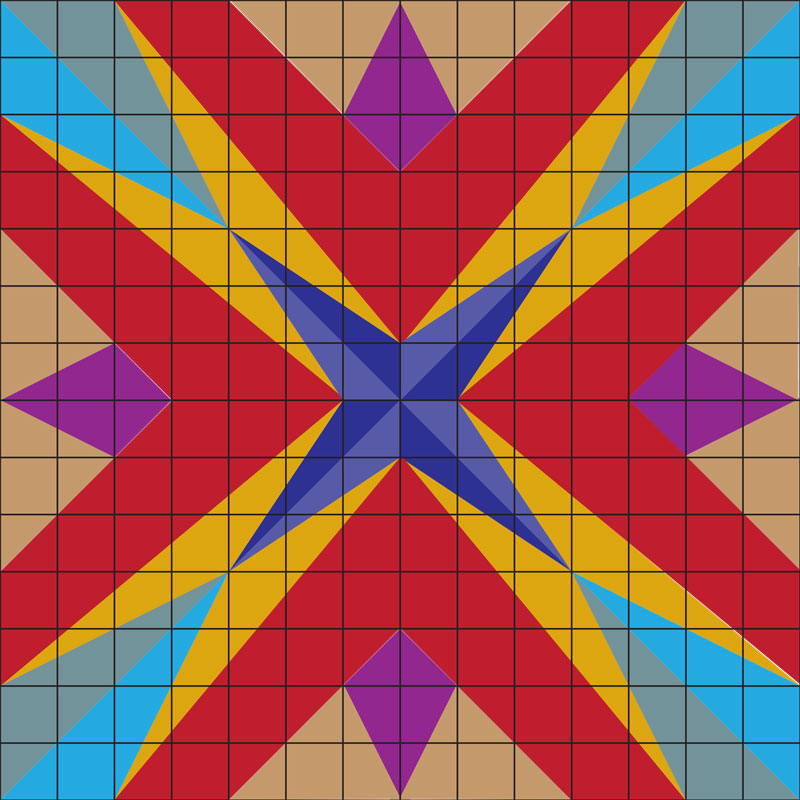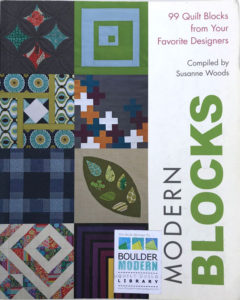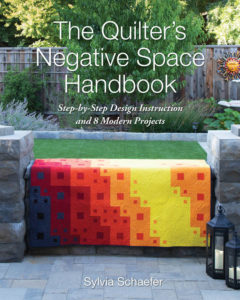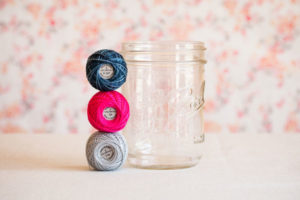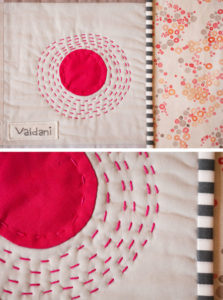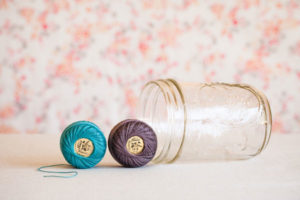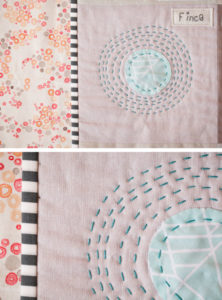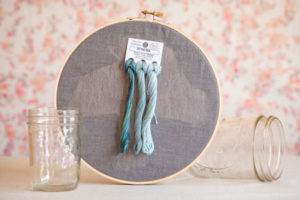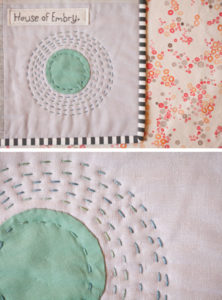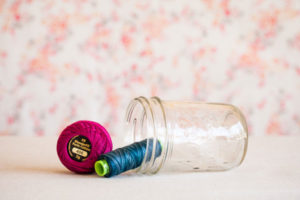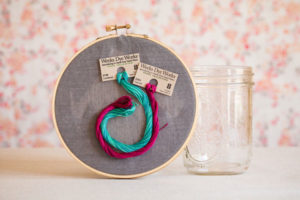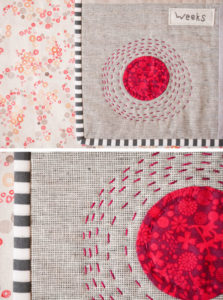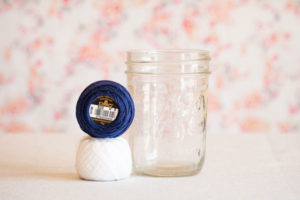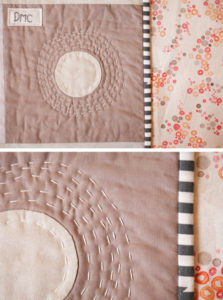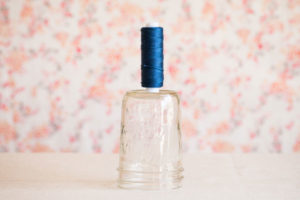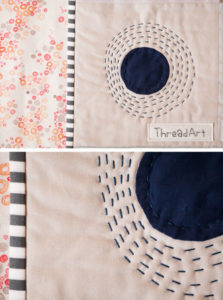Sep 29, 2019 | Books, From the Library, Reviews
Make Any Block, Any Size
by Joen Wolfrom
Published by C&T Publishing, 2010
Review by Claudia Sheehan
Make Any Block, Any Size by Joen Wolfrom is a book from the Boulder MQG guild library. Claudia Sheehan wrote a review of the book as part of our “From the Library” book reviews. Modern Blocks and many other great books are available for members to check out. You can request a book online using the form on the right side of this page, or you can check one out at most evening meetings or open sews. If the library will not be at that meeting but you have requested a book online, we will try to arrange to get the book to you.
What made you purchase this book/what were you most interested in?
This book is in the Boulder Modern Quilt Guild library, and I think is a very good general resource book, though it does not pertain specifically to modern quilting.
What did you learn from the book that you didn’t know before?
There are many explanations on the Internet on resizing quilt blocks based on the number of “patches” within the block. I have always found these tutorials rather confusing until I read this book. Essentially, a block, based for example on a nine patch, is really drafted on a 3 by 3 grid. But as the grids contain more squares the vernacular becomes confusing. A five-patch block is really a grid composed of 25 squares (5 rows and 5 columns of squares). The author shows how to draft grids of any size with pencil and paper. She gives examples of traditional blocks as well as her own block patterns that can be designed from grids. She shows how this technique can be used to draft blocks that are not square in shape.
Is this book more project based or technique based?
This book is technique based for drafting. It is not heavy on quilting math, which will make it very user friendly for the mathphobe.
What really stood out to you about this book?
If you study the drafting method of the book, the quilter will be able to resize any block design from a pattern without any problems. Say if one has a quilt pattern for blocks of twelve inch finished size, but one wants to make the blocks smaller to a seven inch size, this book will make it very easy to redraft the pattern, and also have it result in a very precisely. Personally for me, this book gave me a strategy and a simple way to design my own quilt blocks using Adobe illustrator. As I was playing with this method, I realized that there is a grid-drafting tool within the program. I have had a very enjoyable time coming up with interesting a wild block designs.
Did you make any projects from it? If so, were the instructions clear and easy to follow?
This is not a project book with patterns and sewing instructions. As I mentioned, this book gave me a strategy to design and draft block designs in Adobe Illustrator. I have included some examples of the author’s designs star block designs, and my own crazy block. All the designs are based on a “7 patch grid”.
Why would you recommend this book?
I would recommend this book to anyone who wants to draft his or her own block patterns. The down side of this book is that the block illustrations could be more clearly colored. The examples are not printed in solid colors, but have an ombré shading which makes it difficult to copy the more complex designs. Also the blocks are superimposed on small grid lines, which again makes trying to copy a block difficult.
May 24, 2019 | Books, From the Library, Reviews
Modern Blocks
by Susanne Woods
Published by Stash Books, 2011
Review by Kim Fischer
Modern Blocks by Susanne Woods is a book from the Boulder MQG guild library. Our librarian, Kim Fischer wrote a review of the book as part of our “From the Library” book reviews. Modern Blocks and many other great books are available for members to check out. You can request a book online using the form on the right side of this page, or you can check one out at most evening meetings or open sews. If the library will not be at that meeting but you have requested a book online, we will try to arrange to get the book to you.
What made you purchase this book/what were you most interested in?
This book is part of the BMQG library. When I started looking at blocks to choose the one I wanted for the 2019 BOM color challenge I looked to the library. There I found this book that is filled with Modern Blocks designed to be 12X12 block when sewn in a quilt. 12 1/2 X 12 1/2 finished block. There are 99 blocks in this book from gnomes and robots to clean lines and bold colors which are distinctly modern. When choosing a block for the challenge one of the features I looked for was how much of the block was background material or are the block colors through out the block with little or no background fabric. The other feature that was important to me was how many pieces and fabrics are in the block.
What did you learn from the book that you didn’t know before?
This book has an excellent selection of blocks for not only this BOM challenge, but for many projects you might have in mind. It is a project based book.
What really stood out to you about this book?
The wide selection of blocks.
Did you make any projects from it? If so, were the instructions clear and easy to follow?
I chose the block titled Stuck in the Middle from this book for the BOM. The instructions for making the block are clear and easy to follow.
Why would you recommend this book?
If you are looking for examples of blocks, this book is for you.
If you’d like to share a book review, you can fill out the book review form in the member area. The book doesn’t have to be from the library, it can be any great quilt book you’d like to share.
Feb 14, 2019 | Books, Reviews
The Quilter’s Negative Space Handbook
by Sylvia Schaefer
Published by C&T Publishing, 2019
Review by Wendy Crawford
If you would like to help by writing a review, please fill out the book review form in the member area.
What did you learn from the book that you didn’t know before?
The photographs and diagrams in this book are amazing! If the pictures are not interesting in a book, I won’t give it a second look, let alone come close to purchasing it! The photos here are breathtaking, and are detailed enough to be a great starting place for one’s imagination.
What did you learn from the book that you didn’t know before?
Being newish to the “modern quilt” movement, I have had no real, definitive idea of what made a quilt “MODERN.” This book steps you through how to take that traditional block, and twist, turn, and adapt it to a more modern quilt. I am now a believer!
Is this book more project based or technique based?
This book has eight projects, and several basic/intermediate techniques. It utilizes basic blocks (and some advanced ones) to show exactly how to interpret a quilt to have that modern vibe.
What really stood out to you about this book?
The diagrams really jumped out at me about this book. The step by step removals and additions of sashes, solids, and a variety of color make this book an indispensable part of a quilter’s toolbox.
Did you make any projects from it? If so, were the instructions clear and easy to follow?
I just discovered this book, and while I have not had a chance to make anything from it (YET), I can fully see myself doing so!
Why would you recommend this book?
I am going to sit and imagine from this book for DAYS!!! Graph paper & pencils, computer & software – get ready, because now I have some great ideas to work from!
Oct 18, 2018 | Reviews, Tools
An Editorial Review by Laura Loewen
The views expressed are not necessarily those of The Modern Quilt Guild or The Boulder Modern Quilt Guild.
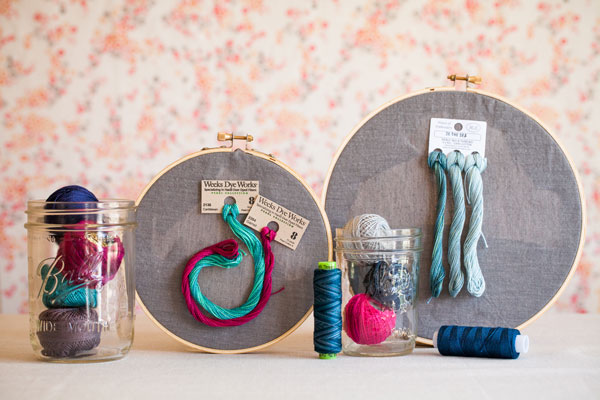
Perle 8 is traditionally used for crochet or embroidery but has most recently been applied to hand quilting in the form of big stitch quilting. Perle cotton is a 2-ply twisted thread that is not divided for stitching. When it comes to perle 8 cotton, there is an assortment of brands available. I was curious if there were differences between manufacturers so I set out to test 8 types of perle 8 cotton. Some of the makes I sampled are readily available, while others are more boutique and require some tracking down. I chose to review DMC, Presencia Finca, House of Embroidery, ThreadArt, Valdani, Weeks Dye Works, and Wonderfil Eleganza.
Valdani
Starting with my favorite first, I have found Valdani to be very consistent in thickness throughout the length of the thread. It also tends to be among the thicker perle 8 cottons available. Because of this, I find that some of the less desirable imperfections of big stitch quilting are hidden. Valdani has a nice matte finish and rich colors available. The thread is spun together nicely and is very strong. Valdani perle 8 is becoming more readily available, however is not stocked locally. You can order box sets on Amazon, and many small shops on Etsy have it available for sale. A ball of 73 yards will run between $4.50-$5.00, or a box set of 12 colors around $65 (upwards of $.07/yd). This is available in both variegated and solid color options.
Finca
Presencia Finca is my next favorite line of perle 8 cotton. On the ball it appears very shiny but it actually stitches up with a subtle luster. The thickness is even throughout the length of the thread and I did not encounter any flaws. It shows on the ball like a thinner option of perle 8 because of the sheen, but is actually a comparable thickness to Valdani. A ball of 77 yards will set you back about $3.00 (about $.03/yd). A limited color selection is available at Fancy Tiger in Denver, or The Stichin Den in Estes Park. Otherwise, Finca is readily available online; both major retailers like Amazon, and small Etsy shops carry this brand. I highly recommend this option.
House of Embroidery
I am rating House of Embroidery towards the top of my picks because it stitches up very pretty and it has a great story. Although, this brand is a boutique brand, meaning it’s not easy to find, there are Etsy shops that sell it, or you can find it at a quilt show – like my thread. It is fairly pricey at around $6.00 for a 3 color pack totalling 30 yards (or $.20/yd). This company is a South African fair-trade company employing mostly women earning their household income. Not only is the story fantastic, the variegated hand dyed thread makes beautiful stitches. It was a looser wound thread making it a bit softer and more fragile when threading the needle. Still, high marks for this one.
Wonderfil
Wonderfil Eleganza is available in both balls and spools. The spools are offered for a special color collection by Sue Spargo. I have been assured that the thread is exactly the same regardless of the packaging. However, I decided to try out both. Wonderfil balls are available at the neighboring Fort Collins shop, The Loopy Ewe. And Sue Spargo spools are available at Treelotta in Denver. Either way you buy it, it costs about the same; 37 yard ball for about $2.50, or 70 yard spool around $5.50 (approximately $.06/yd). This thread stitched up nice and has a bit of a sheen to it, but was not my favorite. It had minor inconsistencies with thickness throughout the length of the thread. It also runs a bit thinner than some of the other options. However, it wins points for being available close to home.
Weeks Dye Works
Weeks Dye Works is one of the thinner perle 8 cotton options on the market. Although the thread is thin, it has even thickness consistency throughout the length of the thread. I’m rating it at the top of my picks for thinner varieties, but it falls lower for me personally because I prefer more voluminous choices of perle 8. Weeks only loses points on availability and price, costing $3.50 for a 10 yard cut ($.35/yd!). It is available from several Etsy shops. However, it has only recently conceited to the industry standard of colorfast dye so you might find some older product still on the market that is not marked as colorfast. Make sure to check your labels.
DMC
Since beginning my journey with big stitch quilting, I’ve never found DMC to be a favorite thread. They are the most available and can be found very inexpensively, as low as $1.82 for and 87 yard ball (that’s just $.02/yd). The flaws I have found with DMC are the inconsistencies in thickness throughout the length of the thread and the relative thinness compared with other perle 8 cotton options on the market. I feel that the thin thread actually draws negative attention to the stitch irregularity that can be part of big stitch quilting’s charm. Because DMC is so readily available at most chain fabric and craft stores, I went ahead and gave it a try twice. First I tested white and found it to be very shiny so I decided to test a color. The finished color stitches sheen was much improved over the white but unfortunately, the thickness inconsistencies were still there. However, you can’t beat the availability and the price!
ThreadArt
I’m ranking ThreadArt as my least favorite perle 8 cotton. A 75 yard spool can run around $3.00 ($.04/yd) plus that much or more for shipping since it is not available at any local shops. The thread itself was on the thinner side with inconsistencies in thickness throughout the length of the thread. It did have a matte finish which I prefer over a shiny thread. I wouldn’t say that it isn’t usable, just that the effort of acquiring it might be futile.
I very much enjoyed the process of testing out these several brands of perle 8 cotton. I hope you find a thread that suits your quilting style and fits your requirements. Check out my reviews on embroidery needles for big stitch quilting.
Oct 8, 2018 | Tools
By Rebecca Greco
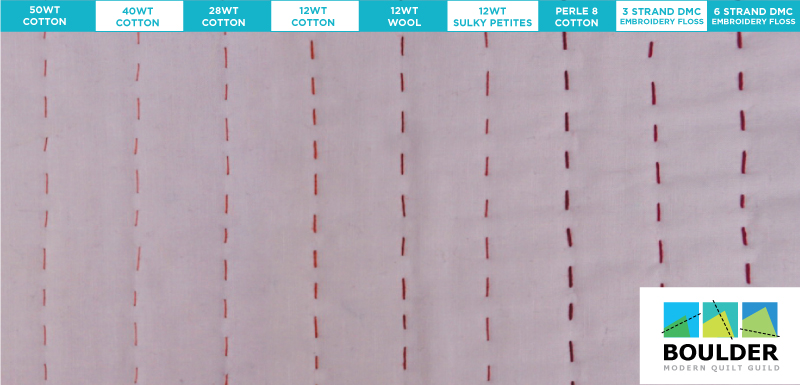
When Laura and I presented on Big Stitch Quilting, we both had a strong preference for using Perle 8 Cotton. However, this isn’t the only option for big stitch quilting, and I wanted to show the difference in thread weights.
The threads increase in thickness from left to right –
50 wt cotton, 40 wt cotton, 28 wt cotton, 12 wt cotton, 12 wt wool, 12 wt Sulky Petites, Perle 8 cotton, 3 strands of DMC embroidery floss, and all 6 strands of DMC embroidery floss.
I definitely prefer the thickness of the Perle 8 Cotton, but there are no rules and you can choose whichever look you like the best.
If you missed the post, find out which needles Laura likes best for big stitch quilting, and keep an eye out for the next post where she explores different brands of Perle 8 cotton.
Aug 29, 2018 | Reviews, Tools
An Editorial Review by Laura Loewen
The views expressed are not necessarily those of The Modern Quilt Guild or The Boulder Modern Quilt Guild.
Awhile back I was searching for the perfect needle for big stitch quilting. There wasn’t much information available on what type of needle to use and which brand performed the best. Several suggestions I found were to use “big stitch quilting needles” which were not defined in type or size. So, I set out to find my favorite needle. Because I like to quilt with perle cotton size 8, I needed to find a needle that had an eye large enough to support the weight of the thread and had appropriate sharpness to go through the layers of a quilt. As for the type, I settled on embroidery (crewel) needles ranging in size 3, 4, and 5. (A general note about embroidery/crewel needle sizes: the smaller the number = the larger the needle. In a multi-pack 3/9, size 9 is the smallest needle and size 3 is the largest needle)
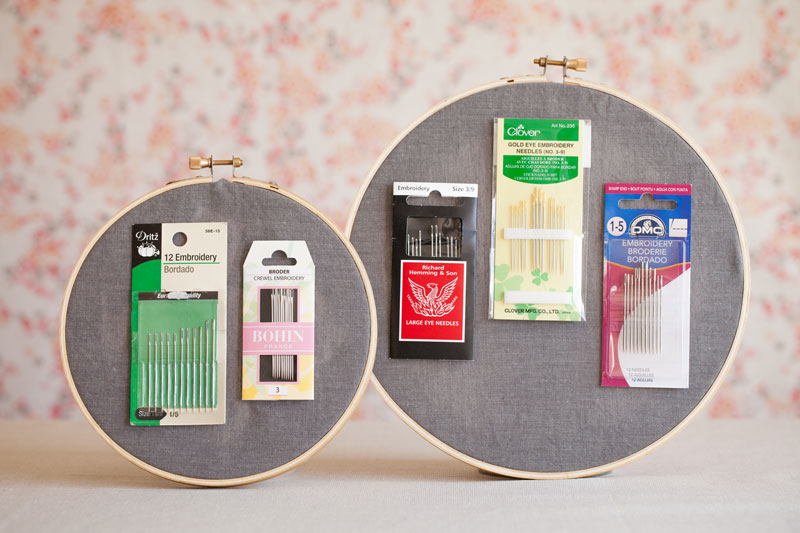
I chose popular brands that are easy to find in local or chain stores, and a couple brands that I needed to order from the internet. I tried out at least one needle from each of Bohin, Clover, DMC, Dritz, John James, and Richard Hemming & Son. I found that most embroidery needles come in a multiple size package. The downside is that it is a bit of a mystery when choosing your needle size from the pack. Some brands are clearly identifiable; while other brands have only subtle differences between needle sizes in a single package. Clover was the only brand to identify on the label how many of each size are included in the package. Once you know what you are looking at by reading the label, it is easy to differentiate the needle sizes. As for the other brands, I selected a needle to test that was at the extreme end of the size range (ex: My Dritz package was size 1/5 so it was easy to select the smallest needle and know it was a size 5). When testing these needles I did realize that even millimeters difference can make or break your sewing experience. After reviewing these several brands and sizes, here are my personal reviews on the needles I tested.
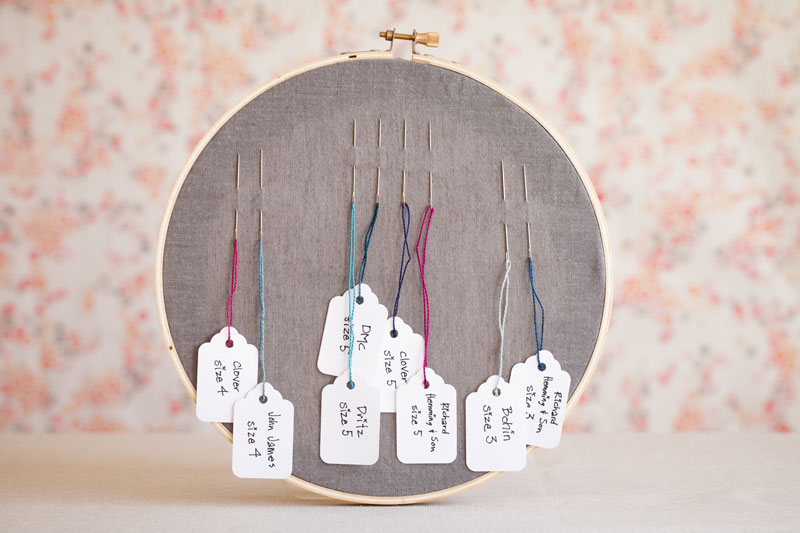
Size 5
In this size I chose to review 4 needles. I felt like most people prefer the smallest needle they can find to support their project. A smaller needle gives more flexibility for maneuvering. I also felt [after reviewing the perle 8 threads] the most available and affordable perle 8 threads would endorse the use of a size 5 needle.
DMC size 5 was my least favorite needle I tested of all manufacturers and sizes. The needle is chunkier than all the other brands. Because of the short length, it was difficult to load more than 2 stitches at a time on the needle. I also felt that the point and tip were not graceful. The thickness of the needle was not tapered well to create the tip. This caused a “popping” feeling when pushing through the quilt layers.
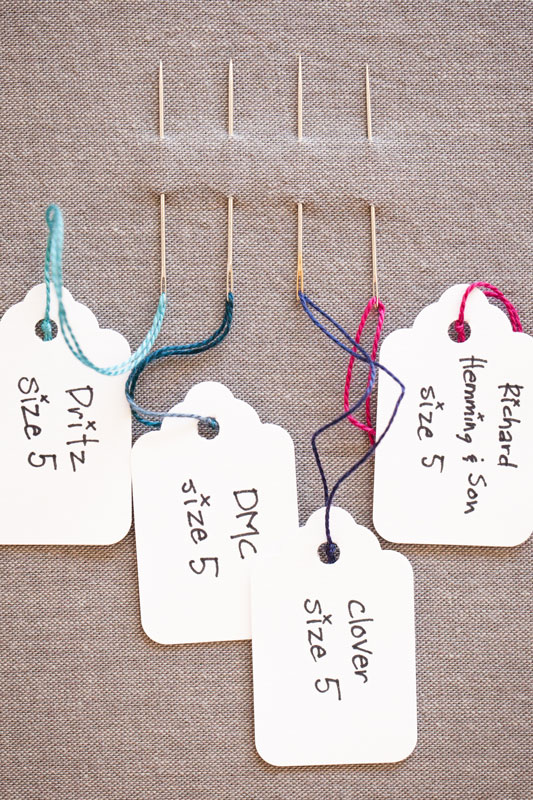
Dritz size 5 is very available and can be found at most chain craft and fabric stores. It was fine for stitching and loaded the thread and stitches better than the DMC size 5. However, I have found Dritz to be more likely to have a dull needle or a burr included in a single package.
Clover size 5 was the longest of the size 5 needles that I reviewed. This made it very easy to load 3 stitches at a time. It also has a larger eye that makes it easier to thread than some of the other size 5 needles. I found it to be very thin and sharp so it passed through the quilt layers quickly and easily. If you are looking to stick with a size 5, I would highly recommend this needle.
Richard Hemming & Son size 5 was also a very nice sharp, thin needle. It did not consistently load 3 stitches every time because of the slightly shorter length. Also, it was a little harder to thread because the eye was smaller. However, I would still recommend this needle if you are working with thinner brands of perle 8 (see perle 8 reviews). I do think I would prefer this needle if quilting with a size 12 thread.
Size 4
I chose to review two needles in this size. Size 4 seemed like an awkward, hard to find size, but it covers the middle range between the smaller size 5 and the “sometimes too big” size 3. It also seemed like some of the multiple size packages only include the odd number sizes (3, 5, 7, and 9, or 1, 3, and 5). Of course, this was just me guessing since the packages did not necessarily identify what was included.
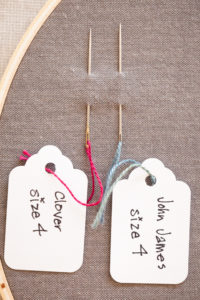
John James size 4 is what we are providing to our guild members so they can try out some of their own big stitch quilting. I actually chose to repeat my test of this needle (with another needle of the same size and brand) because I wasn’t super happy with it after the first test. Unfortunately, it still didn’t perform as well as I had hoped. The needle was a great length and it was easy to load stitches. However, I found it very difficult to thread because of the narrow eye. The eye was also rough when pulling thread through.
Clover size 4 was surprisingly difficult to use. Even though the size 5 from the same package was an excellent needle, I struggled with this size 4. It was very long which made it hard to maneuver when loading stitches or changing directions. I think the proportions of the length and it’s thinness just didn’t sit right with me. It also took many passes through the quilt layers before I felt it was pulling through smoothly. Overall, my recommendation is to stick to Clover needles that are size 5 for big stitch quilting.
Size 3
I chose to review two options in size 3. This is actually my favorite size needle for big stitch quilting. However, it can be a bit cumbersome if you are stitching through a lot of seam allowances. It may not be the prefered size for people who want more maneuverability. The results of my tests even surprised me!
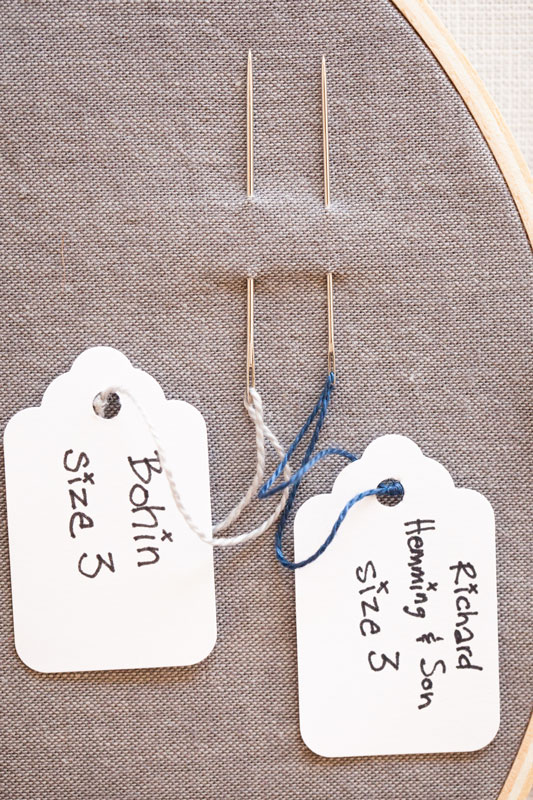
Bohin size 3 was definitely the largest needle that I reviewed. It has been my go-to needle recently for my big stitch quilting. Generally, the eye is plenty large enough to support the thicker perle 8 thread brands (see perle 8 reviews). And the needle is very strong and long to consistently load at least 3 stitches at a time. It is super smooth and has a very proportionally tapered point and tip to glide through the layers of a quilt. However, Bohin is a French company and it is fairly expensive and pretty hard to find. I ordered my package from a small business in Australia. I would have loved to test size 4 and size 5 in Bohin; unfortunately, the lack of availability prevented that. I would still recommend this needle and brand because of it’s top notch quality. However, you may want to try a smaller size.
Richard Hemming & Son size 3 ended up being the overall winner from all my needle tests! This was actually not a brand I was planning on testing when I started this journey but it kept showing up when I did online searches. So, it is generally very available if you are willing to order from the internet. This needle was very graceful. It’s length and thinness were proportional and allowed both smooth stitching and consistently loaded 3 stitches every time. Because it is a larger needle, being size 3, the eye supports the thicker brands of perle 8. I very highly recommend this needle for anyone wanting to explore or improve their big stitch quilting.
Happy stitching!
